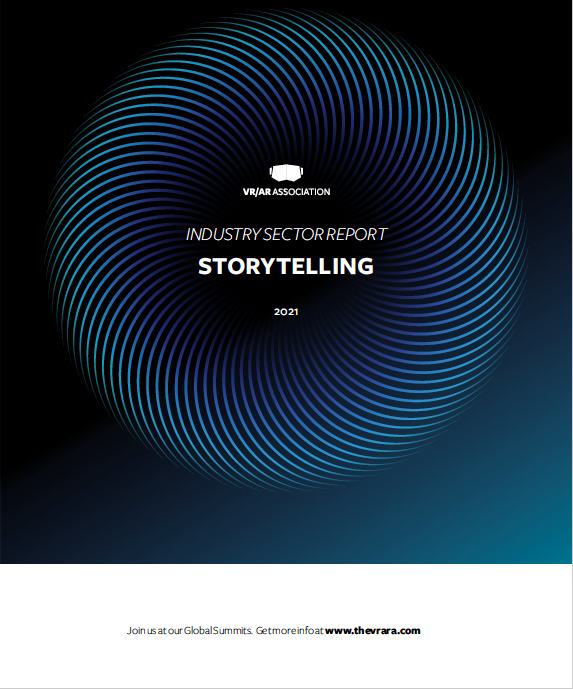Foreword by Dynepic, Inc.
“The US will be investing as much as $11B USD by 2022 intoVR/AR training systems, and becoming a primary focus of military innovation.”
Those in the M&S community supportingWarfighters in the US Military with training and operational solutions have witnessed some major shifts in the needs of theDoDover the past few years; the Covid-19 global pandemic has only accelerated these needs.
The first is a shift from legacy technology that is outdated, expensive, immobile, and requires extensive time and funding to maintain, to the need for lighter, more agile technology that can be easily updated to remain relevant and deployed where and when the Warfighter needs it at a lower cost. This is whereVR/AR technology comes into play and we have seen the increase in these technologies present in conferences in recent years.
These condshift is from the need for proprietary do-all platforms and programs, developed and run by a single defense contractor, to modern training systems with an ecosystem"toolbox" that the DoD can choose from, made of common building blocks that can integrate with each other into a modular, open systems architecture (MOSA). This openly innovative, collaborative VR/AR training ecosystem requires a secure, digital infrastructure with open APIs/SDK that supports collaboration between companies as well as with the DoD to ensure these systems and the ecosystem as a whole are agile enough to adapt to the DoD’s evolving requirements. This need has been top of mind for DoD leaders and is echoed in recent US Military strategic documents.
The U.S. Air Force must work differently with other Department of Defense stakeholders, Congress, and traditional and emerging industry partners to streamline processes and incentivize intelligent risk-taking in support of the war fighter and the Nation.
Navigating the challenging times ahead requires effective collaboration among all stakeholders to acknowledge, balance, and share risk overtime—now and into the future. (p.5)
Based on these shifts, I have a few predictions about the requirements and outcomes for future success of companies with VR/AR products in the Defense sector:
Optimize For All Users: The needs of theWarfighters must be considered as these emerging technologies are being designed and developed. This means ensuring that the user experience of VR/AR, both hardware and software, is flexible and optimized for all users. Gone are the days where technology that supported only military-aged males was good enough.
Focus and Collaborate: Companies must continue to innovate, but with focus, to contribute the best products in their specialty, and then partner with other companies whose products are complimentary in support of a greater ecosystem. Whether your expertise lies in development of AR or VR apps, headsets, haptic gloves, AI models, instructional systems design support, etc.,we predict that the most successfulVR/AR companies will be the ones that focus on what they do best and are able to collaborate well with others to provide even more optimal combined capabilities for theWarfighters.
Create New Capabilities: Bringing all of these complimentary products and services from various companies together will create capabilities for Warfighters that would not be possible with stove-piped systems. For example, when AR and VR training apps are integrated with a secure, open, agnostic LMS platform via APIs, courses made up of multivendor, multi-media content can be curated, student performance data can be stored in a common data repository, and AI models can analyze this data to truly personalize learning, not just within applications, but across them.
Enable Rapid Innovation: This VR/AR ecosystem of the future will include a common architecture, playbook, and open APIs, democratizing the ability to support immersive training creation and optimal use of VR/AR(e.g. using it to train different knowledge and skills as appropriate for optimal training effectiveness) so that Warfighter needs can be met at the speed of relevance.
Ultimately, this ecosystem and pipeline of VR/AR will support cutting edge training and operations and will adapt to the changing needs of theWarfighters because the companies and individuals with the best products who work closely with each other and with the DoD will rise to the top. It is certainly an exciting time to be in theVR/AR field, especially in the Defense sector, and we at Dynepic look forward to working with many of you to Invent the Future!
Christina Padron
Director ofPartnerships and Growth Dynepic, Inc.














